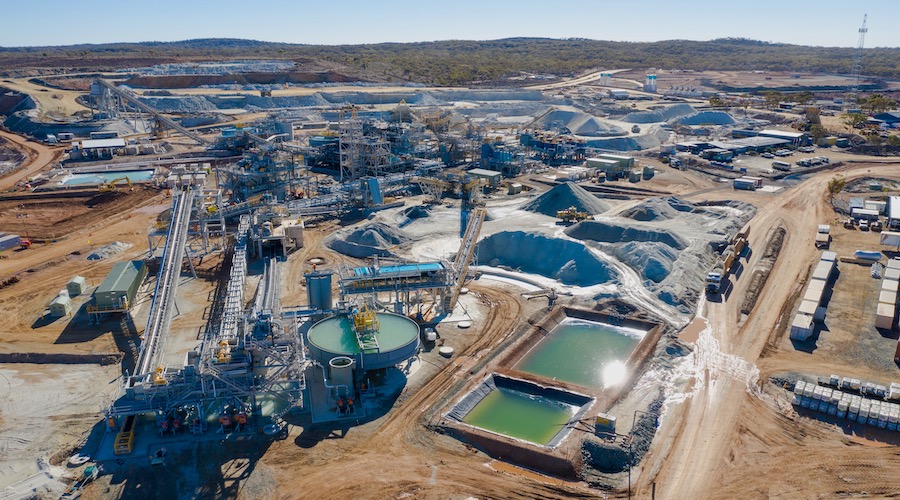
British start-up Binding Solutions has agreed a deal with Australia’s Mineral Resources to help propel its new technology, that it says could slash emissions from iron ore by hundreds of millions of metric tons a year.
Mineral Resources Ltd (MinRes) – a major producer of iron ore and also a service provider to miners – agreed to invest $17.5 million in the British company and license the technology, a statement said on Thursday.
The global steel industry is battling to curb greenhouse gas emissions since the sector is one of the biggest industrial emitters at 2.6 billion tonnes of carbon dioxide a year, making up 7%-9% of global emissions, according to the World Steel Association.
Privately-held Binding Solutions’ technology cuts energy and CO2 emissions in the production of iron ore pellets by more than 90% compared to the established method of using heat of over 1,200 degrees centigrade, it said, without giving details of the process.
“Iron ore dwarfs every other metal in the energy transition and is also the biggest polluter,” Julian Lee, chief executive of Binding Solutions, told Reuters, adding the deal accelerates the company’s roll-out.
Making pellets accounts for about 15% of steel industry emissions, or 390 million tonnes of CO2. That is the equivalent of total emissions from South Africa in 2020, according to World Bank data.
Binding Solutions already has development agreements with 12 companies, including some of the largest iron ore and steel producers, Lee said, declining to name them due to confidentiality agreements.
MinRes provides mining services to iron ore producers in Australia, including BHP Group Ltd and Rio Tinto Ltd.
Binding Solutions has commissioned a pilot plant at its headquarters at Teesside in northern England and the new investment will fund a full-scale demonstration plant by 2025 or 2026, with capacity of 350,000 to 400,000 metric tons a year, Lee added.
The technology could also be used on waste dumps and other minerals such as lithium.
(By Eric Onstad; Editing by Sharon Singleton)
Comments